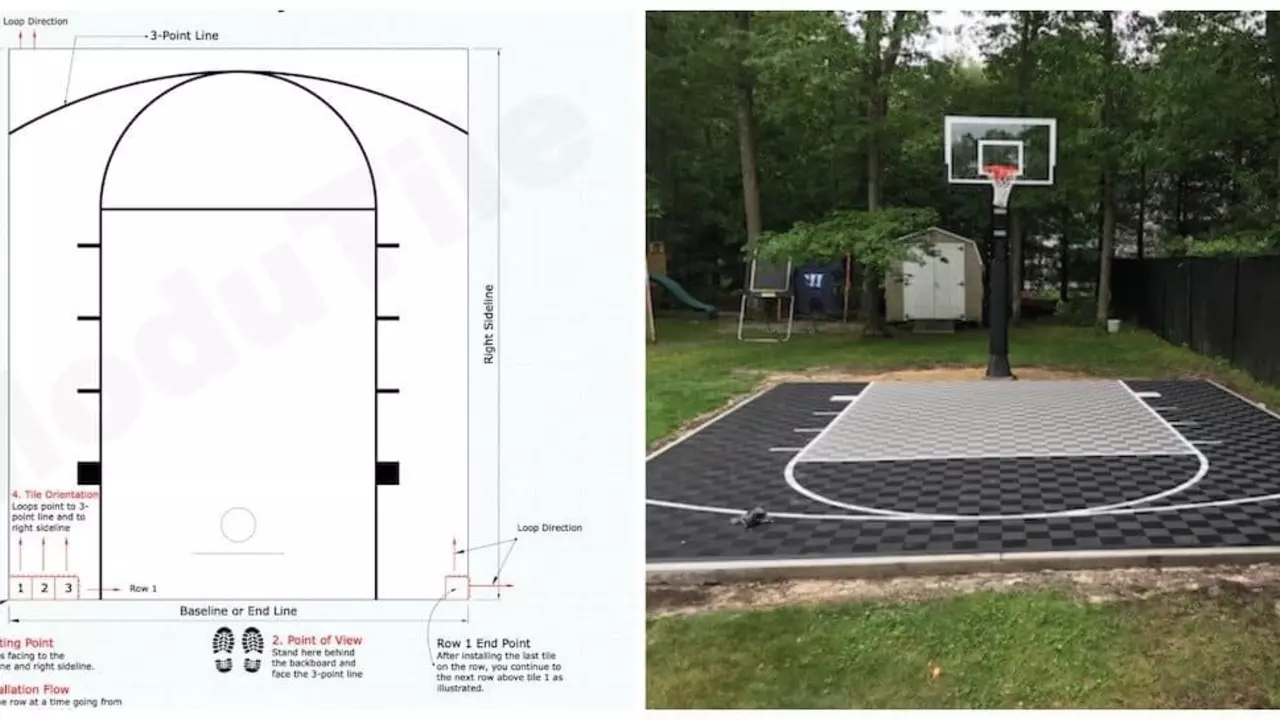Length in Basketball – Why Size Matters on the Court
When you hear the word "length" in basketball, most people think about a player's height or arm span. That gut feeling is spot on – a longer body gives you a natural edge in shooting, defending, and rebounding. But length isn’t just about being tall; it’s about how you use every inch of your frame to out‑play the opponent.
How Height and Reach Affect the Basics
First off, height makes it easier to see over the defense and find open lanes. A taller guard can drop a pass over a defender's head without risking a steal. For forwards and centers, a longer wingspan turns missed shots into second‑chance points because you can snag rebounds that would bounce behind a shorter player.
Arm span also decides how far you can contest shots. If you can get your hand up an inch or two higher than a shooter, you’re more likely to force a miss or a bad look. That’s why many coaches run drills that focus on timing your jump and extending your arms fully – it turns raw length into a real defensive weapon.
Maximizing Your Own Length – Practical Tips
Even if you’re not the tallest on the roster, you can still make the most of your length. Start with posture: standing tall with shoulders back lets you add a visual inch that helps with balance and shooting form. Next, work on flexibility in your shoulders and hips. Greater range of motion means you can fully extend on each play, whether you’re shooting a three‑pointer or going up for a block.
Footwork is another game‑changer. A quick, disciplined step‑in can close the gap between you and a taller defender, letting you use your body’s length to shield the ball. Try the “shadow drill” where you mimic a defender’s movements without the ball – it trains you to anticipate and react using your reach.
Finally, condition your core. A strong core gives you the stability to hold your position when you’re out‑reaching for a rebound or a loose ball. Simple planks, Russian twists, and medicine‑ball throws built into your weekly routine can add minutes of durability that let you stay tall throughout the game.
At UK Rebels Basketball we see players of all sizes turn their length into an advantage. Whether you’re a 5‑foot guard or a 7‑foot center, the right mindset and drills can amplify what you already have. So next time you step onto the court, think about every inch you control – and use it to dominate the game.
How long is a basketball court?
In the realm of basketball, a crucial aspect is the size of the court itself. The standard length of a professional basketball court, such as those in the NBA, is 94 feet long. In contrast, high school courts are a bit smaller, typically measuring 84 feet in length. It's interesting how the size impacts the game dynamics, with more space for professional players to maneuver and strategize. So, whether you're a player or a fan, understanding the court's length can offer new insights into this beloved sport.
read more
